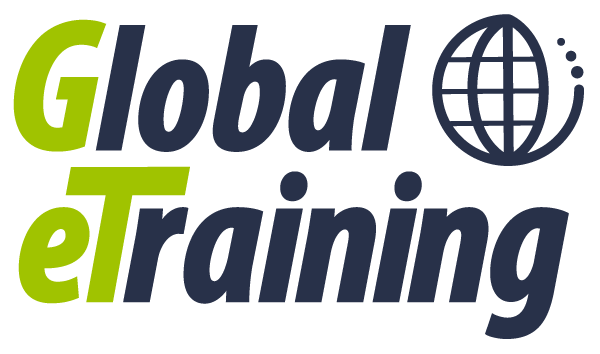Over the past 30 years, Global eTraining has developed thousands of hours of training material for clients around the world. During this time, we have developed seven key steps that every successful employee training program will follow. These steps are:
- Establishing the roles & responsibilities of those involved
- Determining KPI’s measure the success of the program
- Setting up reporting based on success criteria
- Creating incentives and recognition initiatives
- Developing a communication campaign
- Developing action plans to drive training adoption
- Scheduling periodic meetings to review the results of the program and identify areas of improvement
Roles & Responsibilities
Regardless of the size and scope of your training program, there will always be multiple people on your training team. These teams frequently include a combination of people including:
- Accounting
- Communications
- Subject Matter Experts
- Executives
- Project Managers
Each of these team members will need to be assigned a clear role within the team, with a clear reporting structure established early in the process to ensure that the creation of your training program progresses smoothly and on time.
KPI’s For Success
Key data points must be established to determine a baseline for success for your corporate training program. Examples of some benchmarking criteria for success include:
- A percentage of current employees that complete the program by a certain date
- New employees completing the course within a specified timeframe
- Competence objectives to determine the passing score for the program
- On-going use of on-demand training resources
Once these success metrics have been identified for the program, they must be diligently recorded and tracked on an on-going basis to determine overall ROI of the program.
Reporting KPI’s
After establishing the success criteria for your training program, the next step in the process is to set up a reporting structure for your KPI’s. A designated person or team should be assigned the responsibility of creating and maintaining the reporting structure for your employee training program. This is an essential role that is key to ensuring that your training program generates a positive ROI for your company.
Incentives & Recognition Program
Companies that entice their employees to complete the training program have a higher completion rate, and generally, experience higher pass scores for employees. These incentives could range from catered lunches during training to prizes for those with the highest scores. Recognition through employee newsletter announcements and distribution of certificates of completion are popular options for companies to adopt.
Communication Campaign
Every company that develops a training program must find a way to communicate the details of the program as well as the benefits of passing the training to their employees. These campaigns can include corporate newsletters and email blasts to employees, posters, and flyers to distribute within the office, and staff meetings to reinforce the importance of completing the training.
Action Plan
Developing a solid action plan to ensure that your employees adopt your new training program goes together with your communication campaign and your incentives and recognition programs. This plan should cover each part of the training program, from development and testing through the launch and adoption of the program within your company. This plan should also lay out your detailed reporting strategy and any contingency plans that may be required should any part of your action plan fail or falter.
Follow-Up Meetings
Scheduling all your follow-up meetings prior to launch will ensure that all necessary personnel is available to attend these important meetings. Staying engaged in your training program and its success post-launch is a crucial part of the long-term effectiveness of your training program.
There may not be a magic formula to creating and deploying a successful corporate training program, but following these seven steps will ensure that your company and employees are prepared for the task they are about to undertake. It takes diligent focus and careful planning to ensure that practical use of the program is a success. Taking a ‘fly by the seat of your pants’ approach to your corporate training program may require less time, however, successful clients will take the time to plan, define, execute and measure their program for its lifespan of the program.
At Global eTraining, we provide you with exceptional content delivered in a proven interactive format to ensure retention and application of skills; we will also assign you a designated Customer Success Manager who will become an extension of your team to ensure a customized plan for your success criteria. We incorporate proven best practices that have been developed while implementing corporate training programs with thousands of Architecture, Engineering, Construction and Manufacturing firms of all sizes from around the world.
If you would like more information on Global eTraining’s online, on-demand AECO and manufacturing training, blended learning or custom course development solutions, please email getstarted@globaletraining.ca and visit our website at www.globaletraining.ca.


